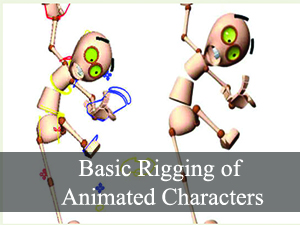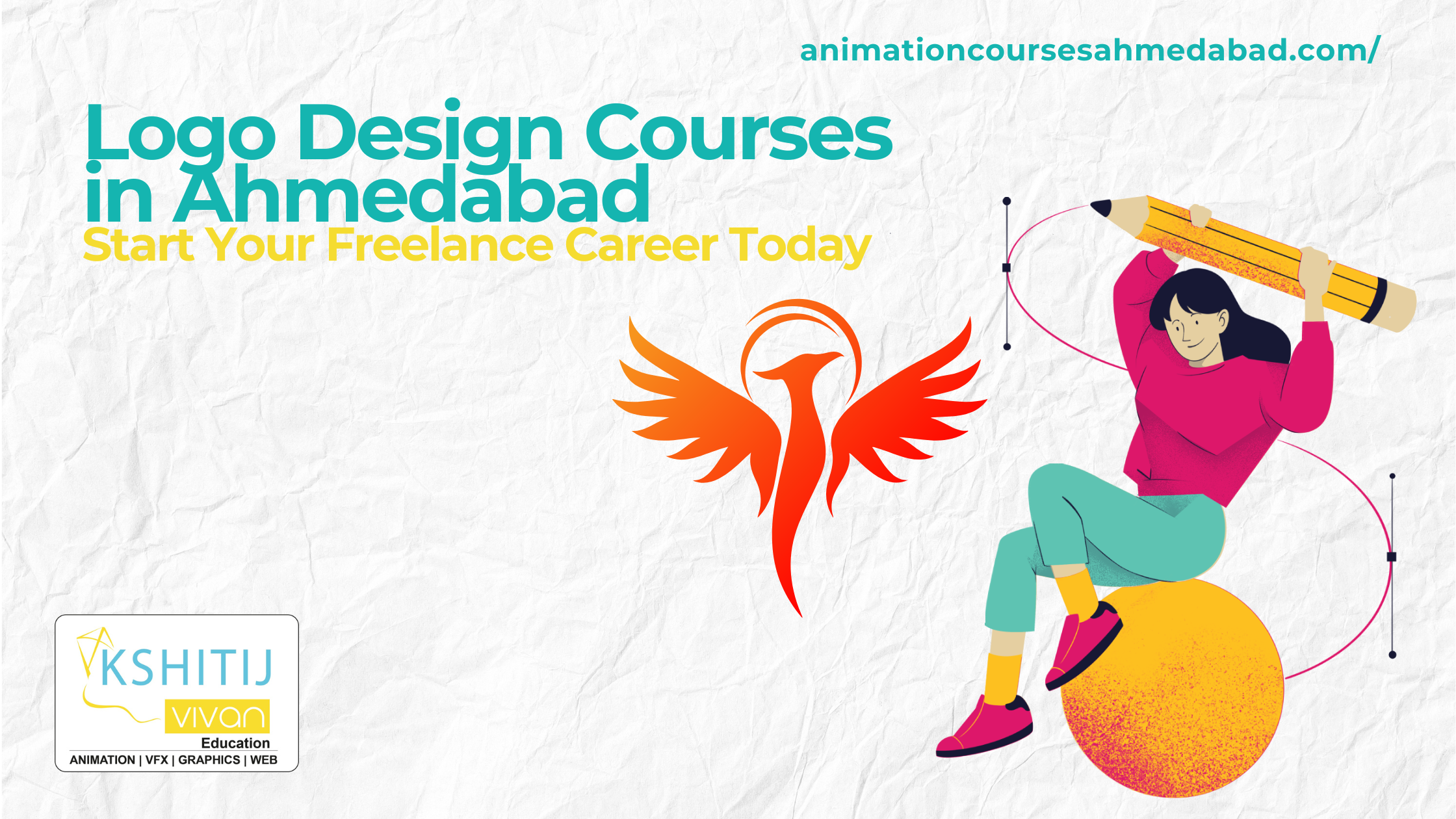
Proper Basic Rigging techniques for Animated Characters
Proper Basic Rigging techniques for Animated Characters
The Rigging process is where building a puppet in different directions. In this article, you will learn how to create a Proper Rigging Techniques for Animated Characters. Below are the Basic Rigging tips for Animating Character.
Proper Rigging Techniques Steps Of Animated Characters
1. Simple Rigging
Proper Rigging Techniques is very easy and fast to do. It is built as follows:
- All the body parts are independent
- All the timeline’s layers are attached to a master peg layer
- The advantage of using this technique is that you are free to move any part around without being influenced by any parent layer.
2. Parenting Layers
When you want a part to attach another one, such as the forearm following the arm, you can attach layers one to the other.
For example, you can attach the forearm layer to the arm layer without having to encapsulate the forearm into the arm layer. They will still be a parent, but you will be able to access the forearm directly without having to enter the arm layer.
Advantage of Parenting Layers
Is that the child layers follow the parent smoothly without having to select them or create a series of keyframes.
Disadvantage of Parenting Layers
Is that you are not able to move the parent separately of its children as the child layers receive all the transformation information from the parent.
3. Rigging using Pegs
When you are doing more advanced puppet rigging, you can use the peg layers. Peg layers are trajectory layers that do not contain any drawings. They are motion paths that you can use to control the entire puppet. Parenting a drawing layer to a peg layer allows you to divide the motions into two separated levels. You can scale the body part directly on the drawing layer. In that way, you do not affect any child layers that could be attached to that part. Then, you can perform the translation and rotation on the peg layer so that all the parts attached to that peg layer follow the same trajectory.
4. Rigging the Head
You start by attaching the facial features to the head. The advantage of parenting features to the head layers is that you can easily animate each facial feature, and they all follow the head motion.
5. Changing the Layer Order in the Network View
- Network view useful when it is time to do advanced ordering and hierarchy.
- In the Network view, select the Head module’s connection connected to the Composite module located at the left of all the facial feature modules.
- Drag the connection to the right of all your facial feature modules connections.
Kshitij Vivaan offers career courses in Animation, VFX, graphics, web designing & gaming for students from different cities such as Sawai Madhopur and Karauli. KSHITIJ VIVAN helps these students get the best job placements according to their skills and talents to get the best start to their Professional Careers.



